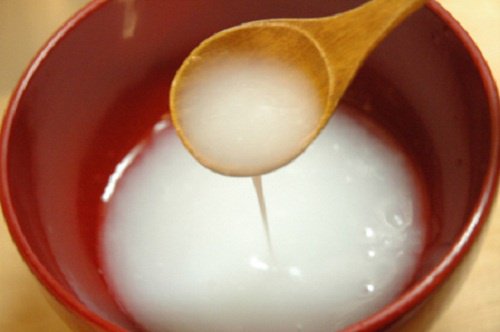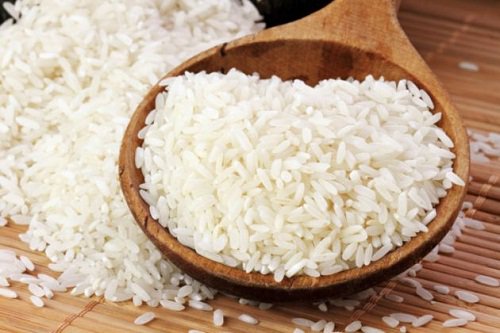The Health Benefits of Rice Milk

The benefits of rice milk, the water-based liquid that remains after cooking rice, have become more apparent in recent years. In addition to being good for your skin and hair, it also has health benefits that can treat certain problems like diarrhea. Rich in vitamins and minerals, rice milk helps ease nausea and vomiting, and even stimulates the production of breast milk.
In Asia, rice milk is one of the most popular beauty tricks, because the many vitamins and minerals it contains make it excellent for skin and hair care. Want to know why you should never throw out your rice cooking water again?
Health benefits of rice milk

- Providing energy.
- Recommended for gastrointestinal problems like diarrhea, nausea, vomiting, etc.
- Preventing gastroenteritis.
- Helping to regulate body temperature.
- Recommended for pregnant women to improve and stimulate the production of breast milk.
- Soothing skin irritations.
- And, finally, preventing and treating constipation.
Read more: The 10 Best Homemade Remedies To Moisturize Dry Skin
Benefits of rice milk for beauty

One of the most beneficial compounds contained in rice milk is inositol, a vitamin complex that promotes cellular growth and stimulates blood flow, which is key to preventing the early signs of aging and reducing the appearance of pores. To sum this up, the main beauty benefits of rice milk are:
- Firstly, it promotes softer and smoother skin.
- Is an excellent natural toner.
- Reduces the appearance of pores.
- Soothes skin irritations.
- Provides a protective layer to the skin.
- And, finally, it can be used on hair to add shine and silkiness.
Read more: Dietary Habits to Fight Premature Aging
How to make rice milk
Many people have the misconception that rice milk is what remains after you wash the grains of rice prior to cooking them, but that’s not the case. You can in fact use that water for some purposes, but the real benefits of rice milk are more far-reaching. To make it you have to boil your rice in water.
Ingredients
- ½ cup white rice
- 4 cups water
Method
- Firstly, bring the 4 cups of water to a boil in a pot. Then add the rice and simmer for 20 minutes.
- After this, strain off the rice and keep the water in a glass container. This is your rice milk. If your plan is to use it on the skin, store it in the refrigerator until it cools, and then apply it using a cotton ball.
For pregnant women it’s recommended to drink 8 to 10 cups of rice milk per day.
In some countries, like Mexico, rice milk is traditionally flavored with cinnamon and sweetened with sugar. It’s sometimes accompanied by cow’s milk or nuts, but if you’re using it to treat diarrhea it’s best to stick to the original recipe.
All cited sources were thoroughly reviewed by our team to ensure their quality, reliability, currency, and validity. The bibliography of this article was considered reliable and of academic or scientific accuracy.
- Russell, K., & Delahunty, C. (2004). The effect of viscosity and volume on pleasantness and satiating power of rice milk. Food Quality and Preference. https://doi.org/10.1016/j.foodqual.2003.07.005
- Deeseenthum, S., Luang-In, V., & Chunchom, S. (2017). Characteristics of Thai Pigmented Rice Milk Kefirs with Potential as Antioxidant and Anti-Inflammatory Foods. Pharmacognosy Journal. https://doi.org/10.5530/pj.2018.1.26
This text is provided for informational purposes only and does not replace consultation with a professional. If in doubt, consult your specialist.








